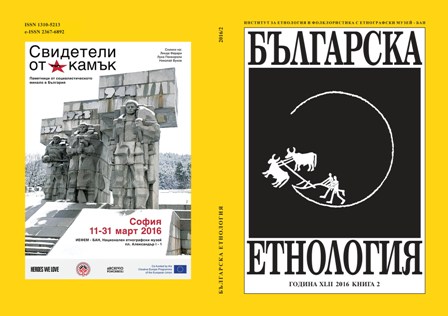
We kindly inform you that, as long as the subject affiliation of our 300.000+ articles is in progress, you might get unsufficient or no results on your third level or second level search. In this case, please broaden your search criteria.

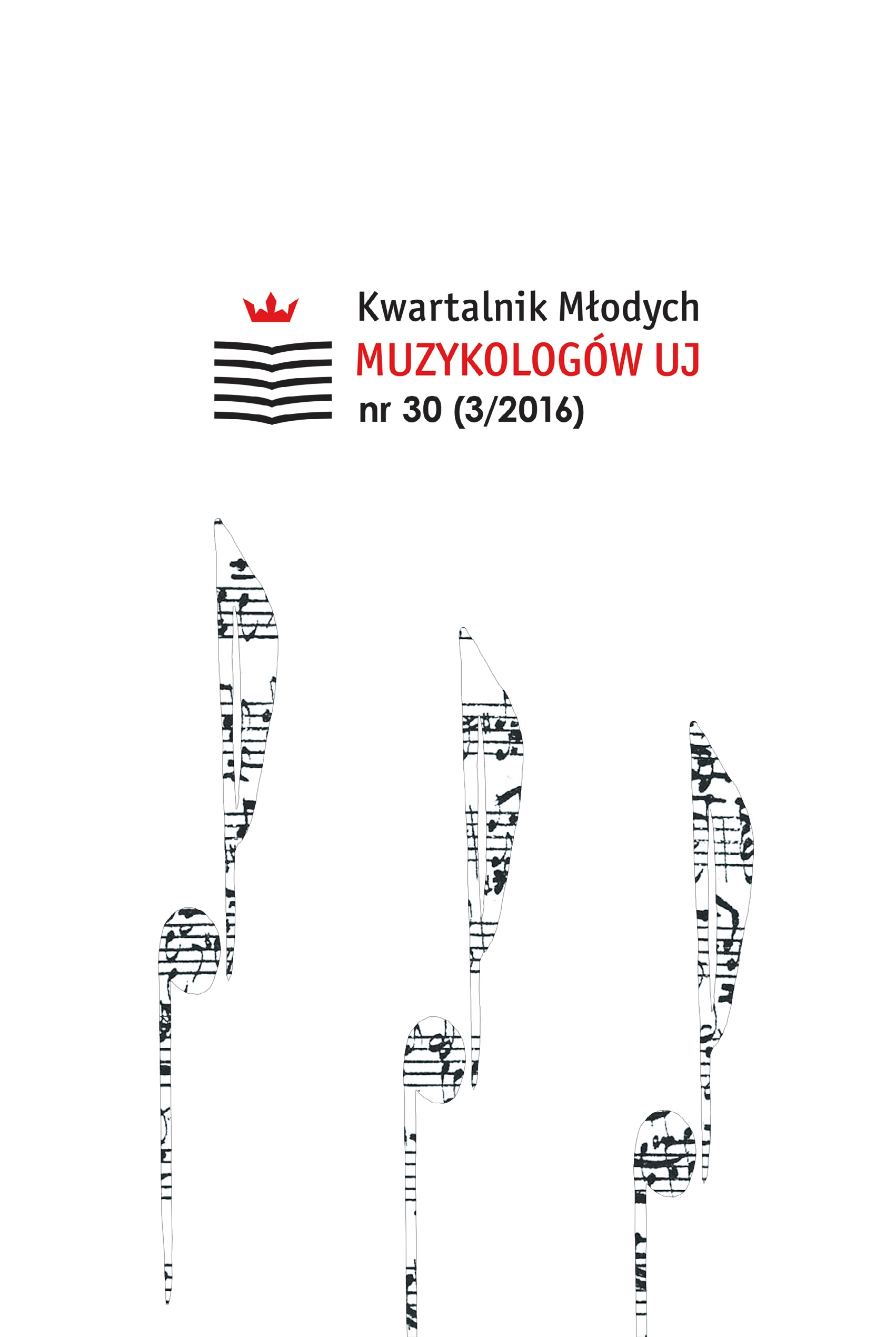
The link between silence and death has been a recurring theme of human thought and can often be found in reflections on music. Among many attempts to approach this problem, the author of this paper focuses on those done by Gisèle Brelet and Tōru Takemitsu. The “faithful companion” of music which “perpetually is born, dies and is born again” – this is one of the ways in which French musicologist describes silence. “For a human being, there is always the duality of life and death. Music as an art form always has to connect vehemently with both” – notices Japanese composer, who in another statement combines silence with “the dark world of death”. Interestingly, both Brelet and Takemitsu arrive at the conclusion that such connotations may well be the source of the fear of silence that affects some composers or performers. Despite different contexts, some analogies to their thought – like connecting silence with nothingness and loneliness – may be also found in the Canadian composer Raymond Murray Schafer’s writings, presented fragmentarily in the last subsection. The differences in the notion of the problem between the authors are, moreover, discussed in this paper.
More...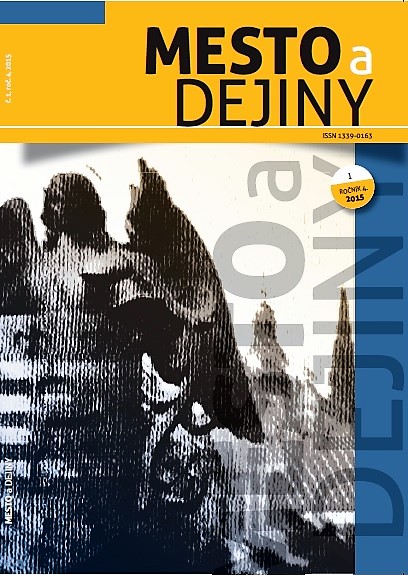
The aim of the article is to reconstruct the image of the town of Košice produced by members of Slovak historiography, and by Czech historians working in Slovakia in the period of existence of the First Czechoslovak Republic 1918 – 1938. The article focuses on answering the questions: how was the „magyarized“ image of the town „slovakized“ by Czechoslovak historians, how they refl ected on the pre-Trianon Magyarization of the town, how they referred to importance of Košice in the Hungarian nation narrative; which processes and events in the history of Košice were emphasised, and which were obeyed. The article deals with variety of strategies in picturing the town and in reinterpretation of the respective historical events in its history. It also attempts to evaluate what role Košice played in the constructed Czechoslovak national discourse. Finally, the article aims to explain reasons, why Košice in the inter-war period, despite becoming a strategic metropolitan hub of East Slovakia, was left in the peripheral position in the context of the Slovak national narrative.
More...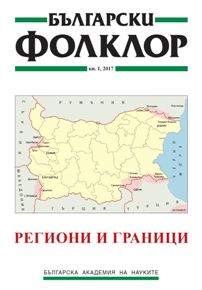
The article is focused on a border region between Bulgaria and Serbia which is geographically dominated by Ruy Mountain (whose ridge is the boundary between Bulgaria and Serbia) and the valley of Erma river forming two huge defiles along its way in this mountainous region – the Lomnishko defile (in Bulgaria) and the Poganovsko defile (in Serbia). The micro region (from natural and geographical point of view) shared until 1919 several cultural, social and economic characteristics (from an anthropological point of view), thus forming a common historical and geographical entity. The demarcation of the boundary between Bulgaria and Serbia as a result of the Treaty of Neuilly split the region between the two countries. The border regime, which was rigid and impermeable through the whole second half of the 20th century, made the zones on the both sides of the border well guarded, but industrially underdeveloped periphery. With the opening of the border in the period after 1989 and especially with the intensification of the European integration processes the character of the Bulgarian-Serbian border is undergoing changes and is gradually turning into a bridge for diverse trans-border initiatives. A great deal of these initiatives are connected with the well preserved ecology of the region, which is evaluated at present as a treasure by the local authorities and communities who believe it to be an important resource and instrument for the overcoming of the peripheral position of the region.
More...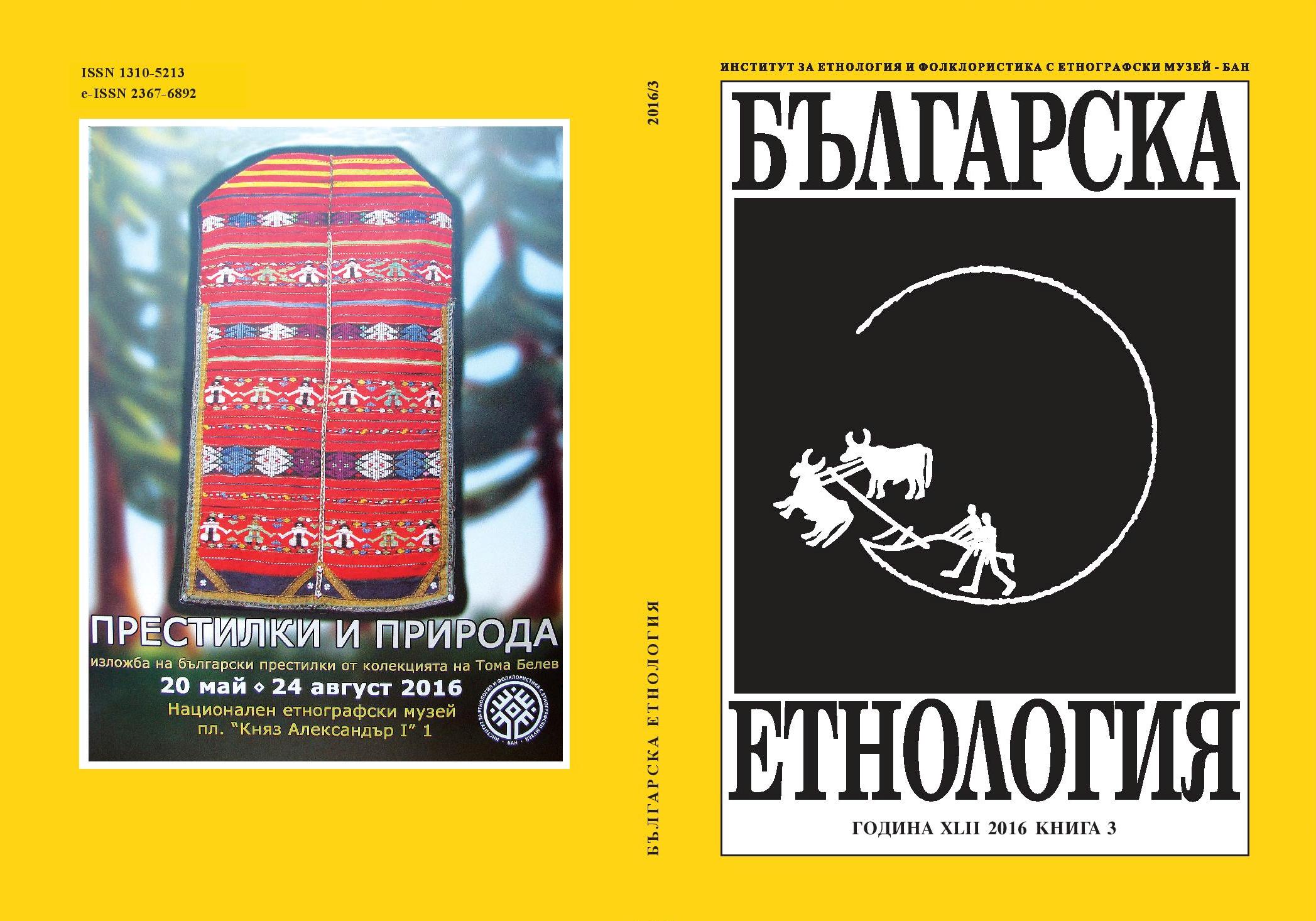
The Areca nut is one of the products found in South Asia, Southeast Asia, andSouthern China. In China, being an exotic product that can be grown only in tropicalclimate, the Areca nut used to be highly appreciated and considered as a precious giftamongst the nobles in the past, especially during the Tang and Song dynasties. Whilein Vietnam, throughout its history, the Areca nut, because of its inherent spiritualvalue, has been an indispensable object of sacrifice in Vietnamese ancestral worshipas well as their lifetime rituals such as weddings, funerals and during childbirth. Apartfrom being an essential offering in rituals and ceremonies, the Areca nut traditionallywas also a means of mobilizing Vietnamese people’s social interactions (includingcourting between young boys and young girls).After doing a short description on how the Areca nut was used as a gift and as asacrificial object respectively in China in the past and in Southeast Asia, this article,from a historical point of view and with the author’s first hand materials from herfieldwork in Vietnam, attempts to show and explain both why and how the Arecanut has been functioning as a core indispensable object in sacrifices as well as ritualsand also as a means of social interaction in Vietnam. Thus, the article emphasizesthe important role that the Areca nut plays in Vietnamese people’s spiritual life andculture.
More...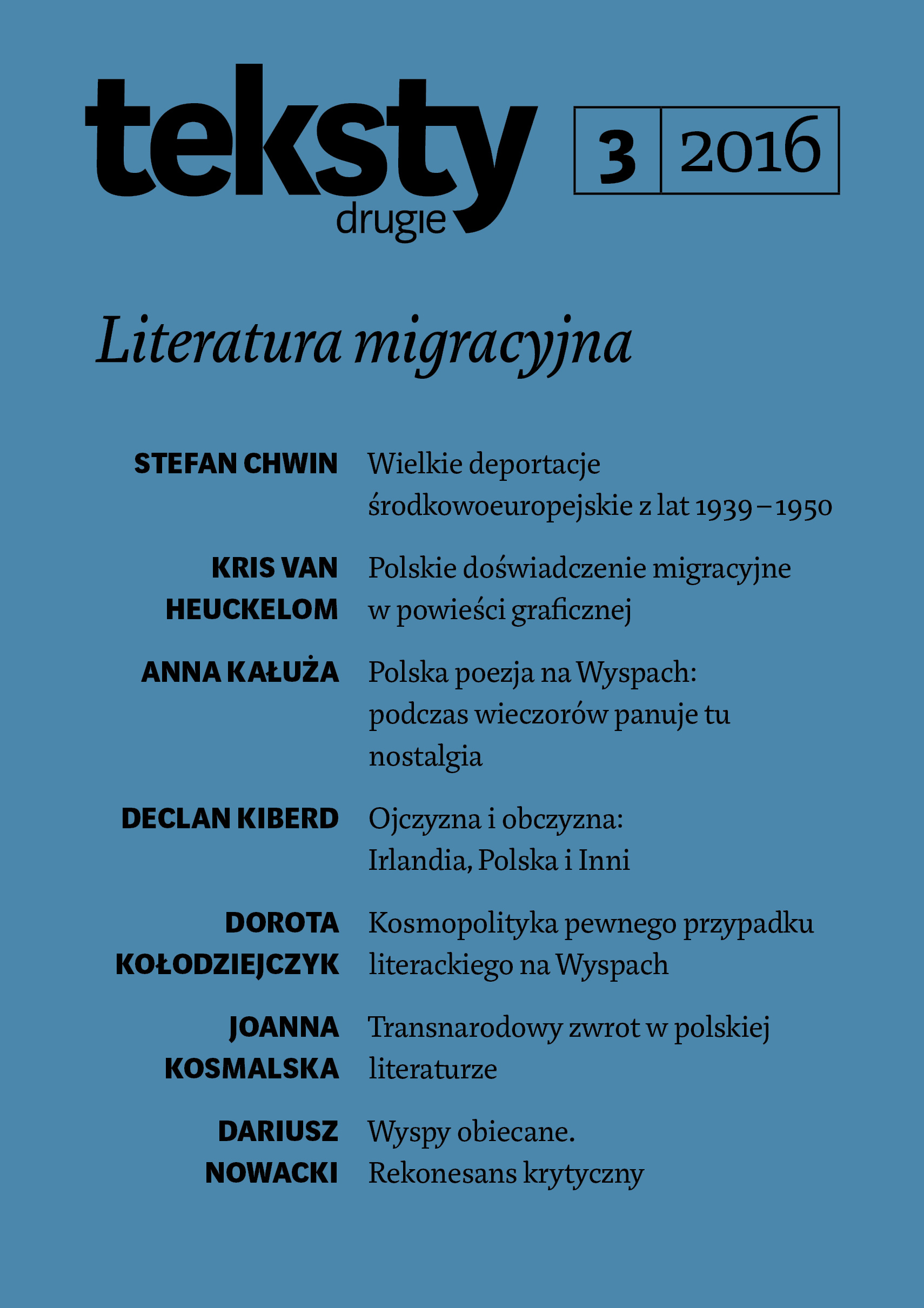
Literary production by Jewish writers from North Africa in France reaches back to the 1950s and has been gaining momentum since the 1980s. These works function as vectors of memory, ‘historiography’ and adaptation. In a new environment, exile leads to recollection and memorialization processes, enabling the subject to fight against trauma and providing the migrant group with a framework of reference. Literature, which does not require a scientific framework, is able immediately to take over the narration of the past. These processes mediate between the exiled group and the host community, in which the exile literary work transcends the social realities that help construct the individual.
More...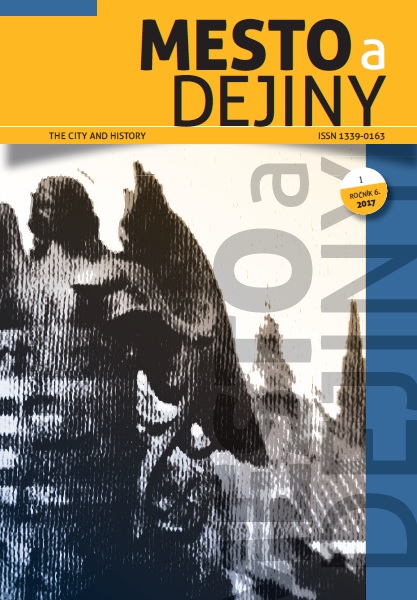
HOLEC, ROMAN. ČLOVEK A PRÍRODA V „DLHOM“ 19. STOROČÍ; KIANIČKA, DANIEL HAAS (ED.). MUSEION. ZBORNÍK KREMNICKÉHO MÚZEA; BYSTRICKÝ, PETER. PES V MYTOLÓGII, NÁBOŽENSTVE A FOLKLÓRE STAROVEKU A STREDOVEKU; DASZEWSKA, MARZENA (ED.). KOSZYCKA MODERNA / KOŠICE MODERNISM; ĎUĎÁKOVÁ, MONIKA – POČÁTKO, MARTIN (EDS.). MIGRAČNÉ PROCESY V DEJINÁCH EURÓPY. KRÍZA ALEBO ÚSVIT CIVILIZÁCIE? STRETNUTIE MLADÝCH HISTORIKOV VI.
More...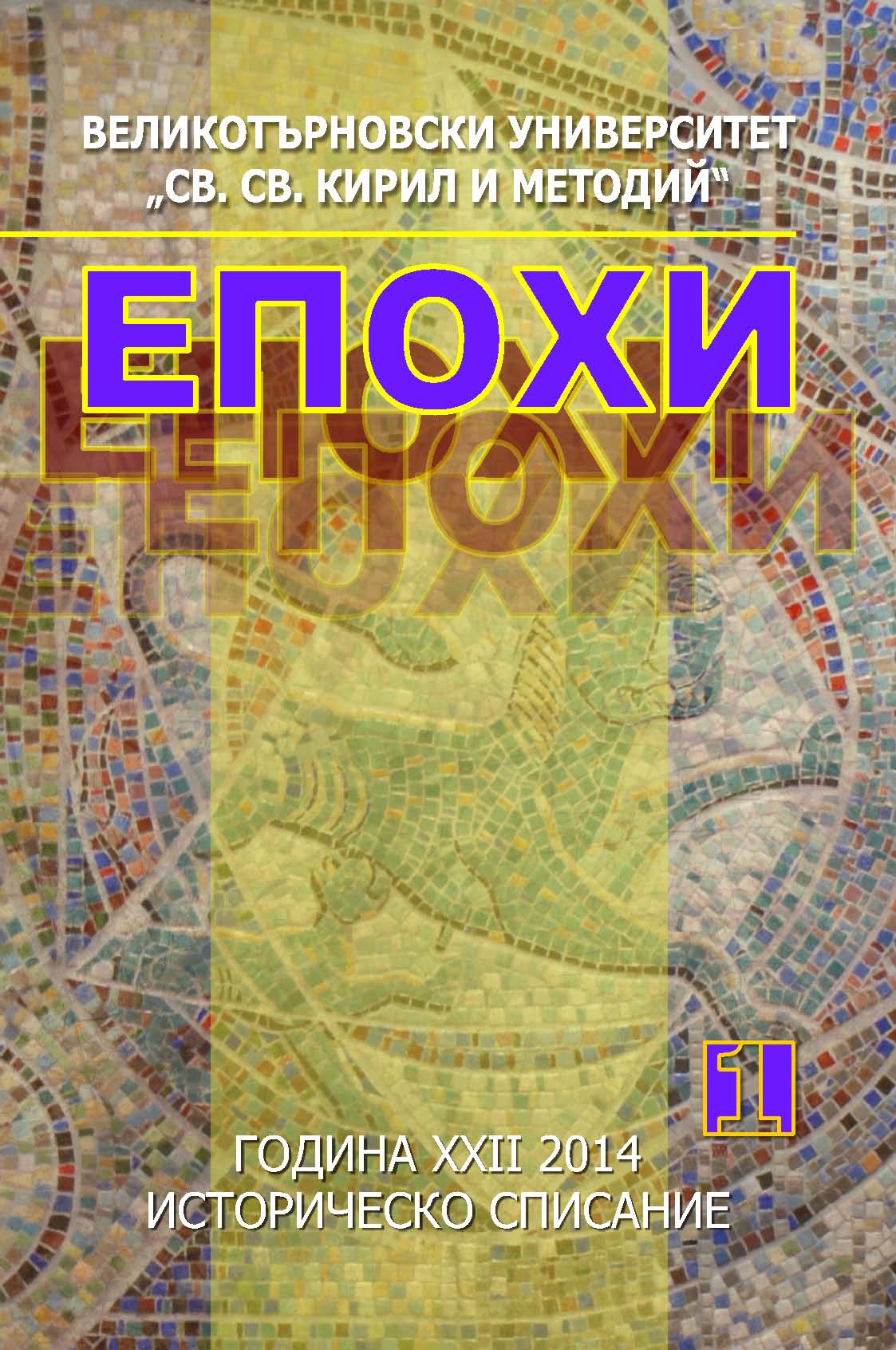
This work is focused on customs and rituals associated with pregnancy and childbirth of inhabitants of 16 villages in Kubrat area. Using the published materials and ethnograpfical materials collected during field work (2007 – 2013) the author reveals in a comparative terms birth customs of various ethnic and confessional groups – Bulgarians, Turks ( Alevi and Sunni ) and Roma ( Christians and Muslims ) . The author compare the rituals connected to infertility , pregnancy, birth and 40 – day postpartum period .
More...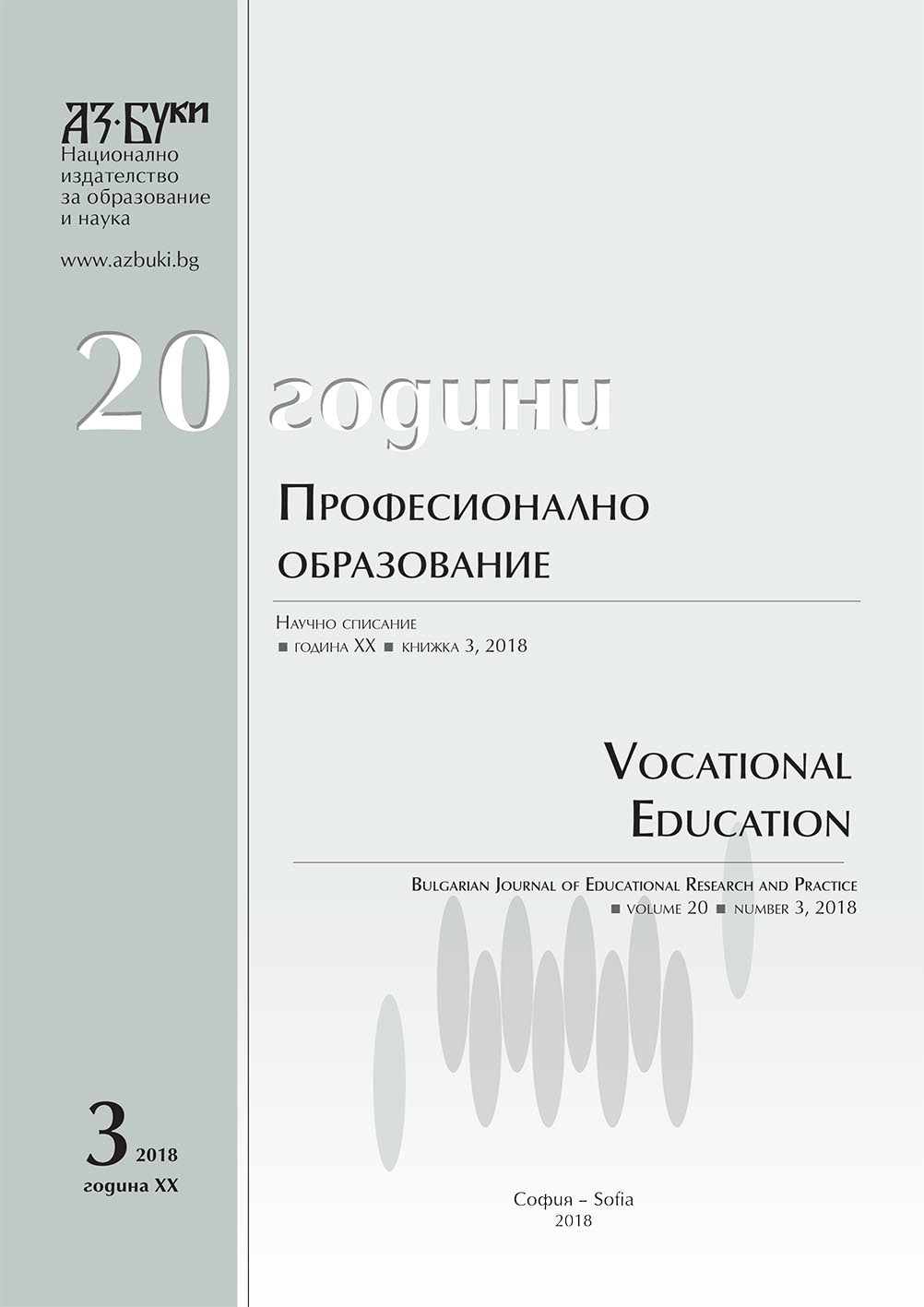
From ancient times, the territory and its characteristics have become distinct as an integral part of human life. The interdependence between the territory and the human community is unquestionable. With its features, the territory has a significant influence on the quality and lifestyle of the people who inhabit it and vice versa - with its activities, people have a direct impact on the territory and its characteristics. This interconnection is a major factor in the formation of settlements, their development and their future prospects.The purpose of the report is to reflect the problems in the structure of the settlements in Rousse region and the tendencies for their development
More...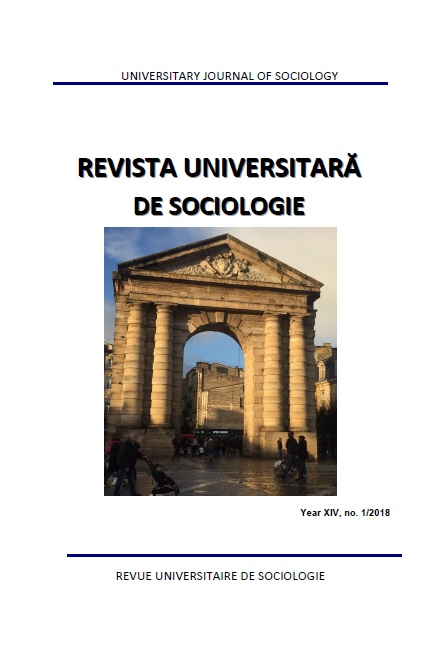
This study proposes to analyze the determinants of the volatile situation of Africa and its capacity of adaptation or appropriation of the global stakes, with regard to the current problems of the humanity, described in the work coordinated by the Professor Dumitru Otovescu. Africa is considered here as a field of application since this continent is subject to all attention eye, all anxieties and all hopes. To lead this reflection, three methods of data collection were favoured: First, the ethnographic method which involved neutral direct observation. Observation provides information about social and political actors. Then, the interviews (unstructured, semi-structured and standardized) that gave rise to conversations, formal and informal, conducted on the basis of an interview guide, a questionnaire or a survey, structured around from subject. Finally, the exploitation of newspaper articles, magazines and periodicals, various reports, books, etc. At the end of this work, it is observed that Africa suffers as much as the other continents the volatility of the banking and economic system due to the practice of capitalism. Although sector-specific (developed-country) and global responses have been taken following several global economic and financial crises, Africa has remained isolated and compartmentalized. Today, its galloping demography and the extreme youth of its population as well as the natural wealth at its disposal are the basis of the hope of Africa. In contrast, the segmentation of its economic recovery programs, the tribulations of the New Partnership for Africa's Development (NEPAD), the faculties of its political governance and the recurrence of crises and complex escapes.
More...
The countries that were part of the Soviet Union were forced to start on their own the democratic process after the disintegration of the communist bloc. These countries had to enter the new world order that had been unknown to them. Two ways were developed in order to achieve their development as newly independent states. Firstly, the new independence countries have opened up to the European Community in the 90s. And secondly, the countries that remained linked to Russia in order to achieve the stability of those first moments. In the case of Ukraine, its path as an independent country began on 24 August 1991, and since that year its main task has been to strengthen its position as a state. Ukraine initially remained linked to Russia somehow through different policies. However, there was a change due to Ukraine's need for assistance in different areas: from social and political to economic. From this moment the institutions of the European Union came into play in Ukraine to promote its modernization and democratization. It is necessary to know which were these means and how they have served to advance these relations until the entry into force of the Partnership and Cooperation Agreement in 1998. In order to carry out this analysis we will address with specialized monographs and articles related to these subjects, as well as the extensive documentation provided by the European institutions.
More...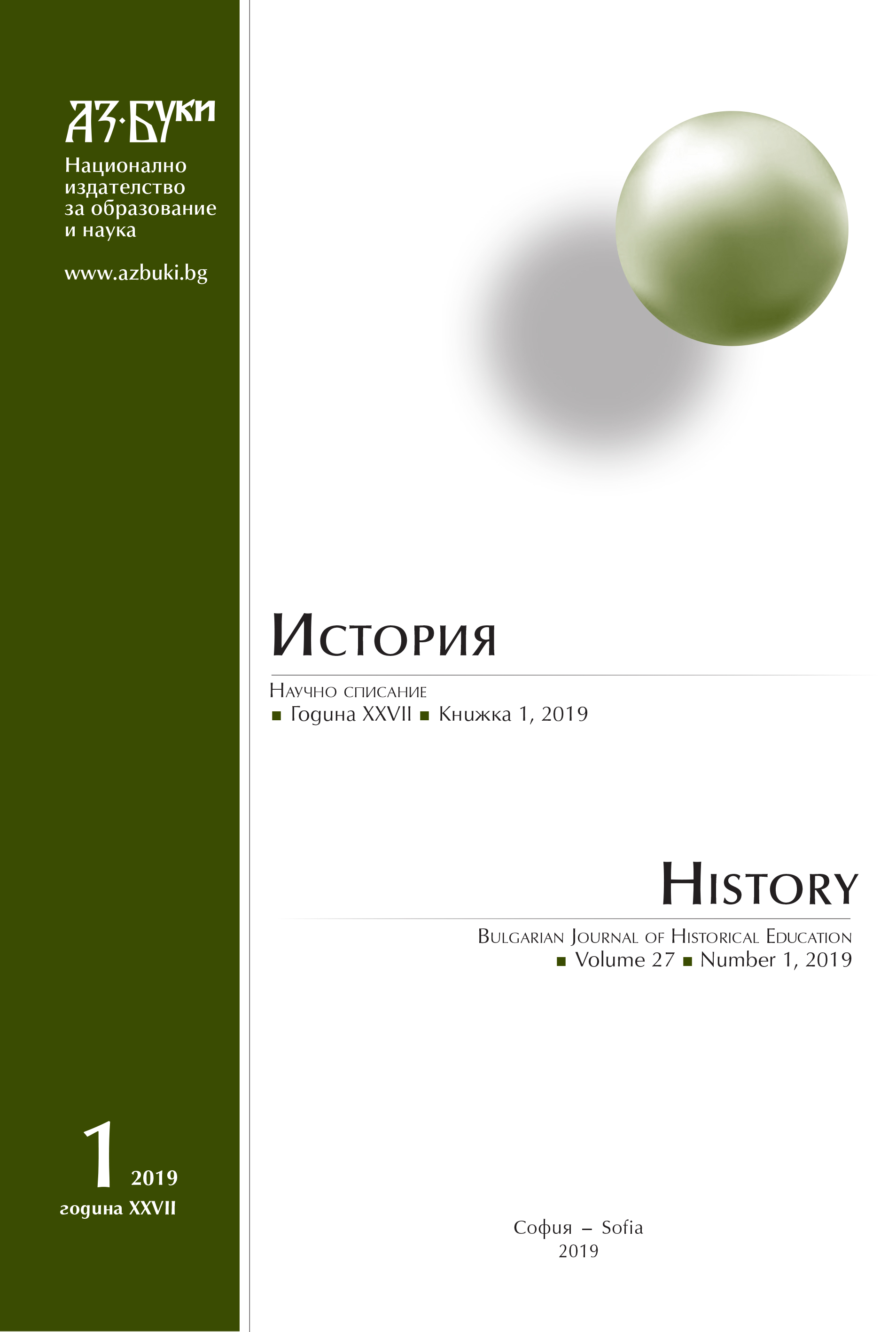
The article discusses the main concepts in the studies of North America colonial expansion in the middle of the eighteenth century: the frontier of Frederic Turner and the middle ground of Richard White. A new concept is introduced that measures the diversity and dynamics of the expansion process – terra media, based on and extending the space of the generic construct middle ground. The idea for terra media argues for a presence of a quasi-empire – a community united by a chain of relations and pertaining to the colonial empire, natural as for the local tribes as well as for the European colonies. Such continuum emerges after the fall of the empires in the spaces once belonged to the perished colonial powers within the areas claimed by their expansion policy.
More...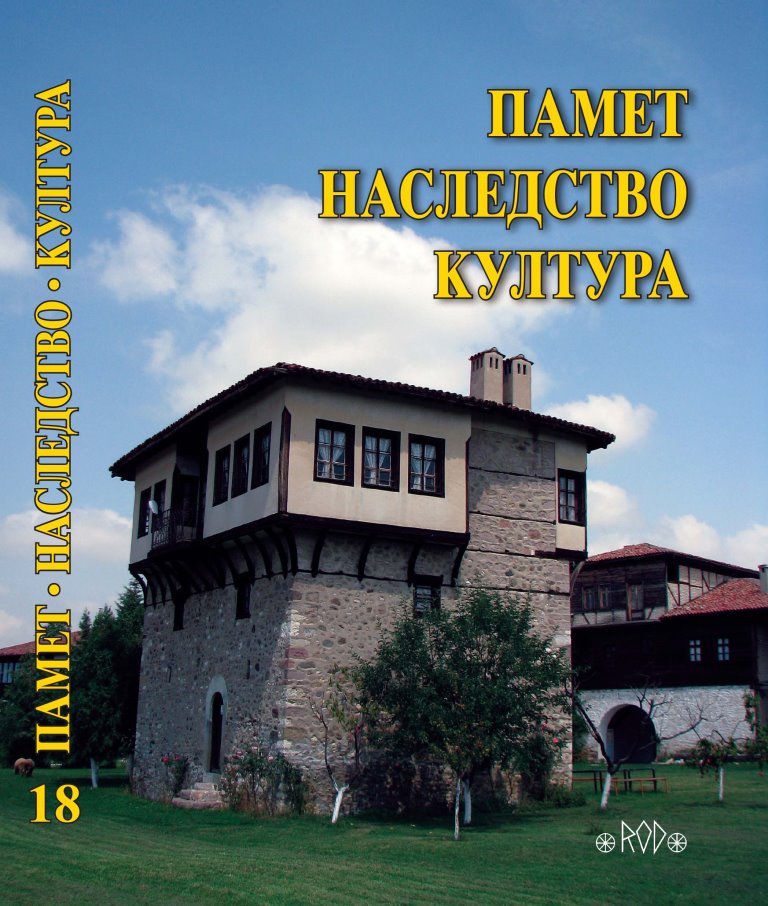
The following study has the purpose to research the cultural and historical heritage of several neighbor villages, to present the unifying factors related to the local identity of their inhabitants and to offer opportunities for the conservation and retransmission of their traditions and culture. The villages included in the survey are: Dolni Okol, Gorni Okol, Shiroki Dol, Relyovo, Belchin and Alino. An unifying factor associated with these villages is their location. All of them are located in the Samokov municipality, in the western part of the Samokov valley, in the valleys of the Plana Mountain and along the Palakariya. The work process includes tracking the history of the villages, as well as their current condition. The main motivation for choosing this topic is related to the tendency of depopulation in the countryside. The lack of continuity regarding to local traditions is a problem that needs to be discussed by cultural institutions and that needs a solution. History, folklore and traditions must be explored and described before they are forgotten. This study outlines the opportunities for cultural development in these villages and gives recommendations for preserving the local cultural and historical heritage. In this publication the reader would find the final results of the study, and last but not least conclusions and recommendations. The main benefits of preserving the local traditions have been discussed in the publication. Moreover, recommendations for future development of the villages are given. Furthermore, the benefits of preserving the local traditions have been analyzed. The recommendations for the development of the local cultural tourism include organization of open concerts in the mountain and building eco-tracks. A main topic that has been analyzed is the opportunity to create an ethnographic collection in the “chitalishte”, in which the history of the local communities will be presented, which is of a great importance.
More...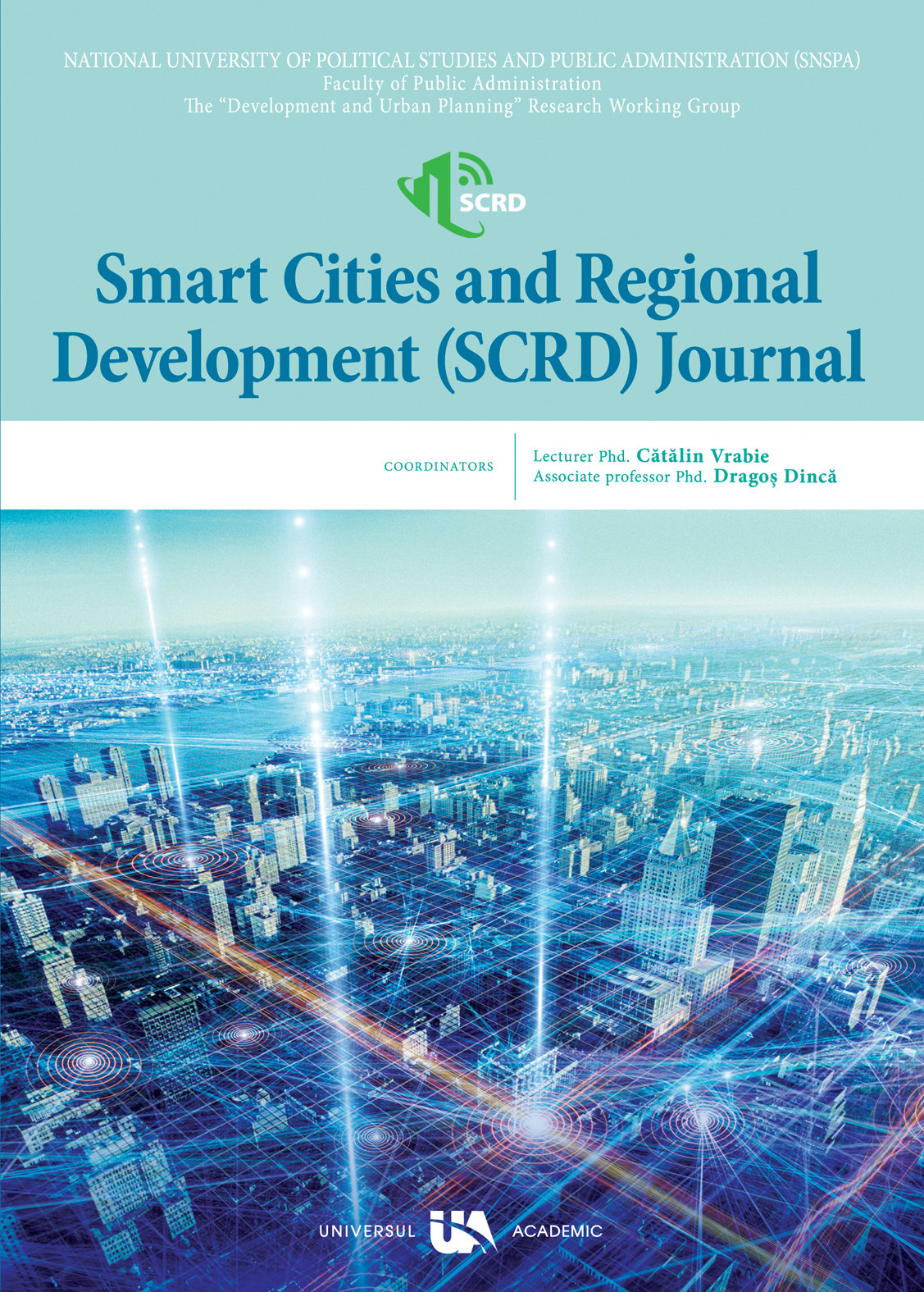
Poverty affects women more forcefully causing increased proportion as well as types of deprivations, a phenomenon called feminisation of poverty. Migration of rural poor to cities causes problems of its own, more so for the women. They come to cities in a bid to escape from rural unemployment and deprivation but lead insecure lives in the cities, exemplified by the urban domestic helps. The co-existence of feminisation and urbanisation of poverty affects the women and their families, particularly children, especially the girl child, who begins to experience deprivations in all its forms from a tender age. These reduced circumstances thus perpetuate across generations of poor urban women and entrap them deep in poverty.The objectives of this study are two-fold. Scientific literature is scanned for indicators used to study feminization of poverty and the validity of these indicators in the given context is examined. Secondly, the study aims to explore the most relevant indicators through direct interaction with the target population. Existing literature on feminized poverty is replete with studies that have used household as the unit of observation. While there are strong justifications for the choice, this approach is unable to address the intra-household inequalities. This study therefore employs the individual woman domestic worker as the unit of observation. The survey method, using questionnaire is employed for collecting the primary data.
More...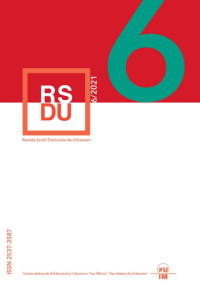
During the pre-historical period, The Sumerian civilization had developed between the Tigris and the Euphrates, now southern Iraq. The Sumerians were favoured by a natural environment conducive to living, good for agriculture, fishing and animal husbandry. They managed to build cities both on land and in the wet ecosystem, set up an army, have fortified cities. More importantly, they invented writing among other things.Today the inhabitants of those marshes, who are locally called "maadan" (or swamp inhabitants), have kept the sustainable lifestyle inherited from the Sumerians. They build homes adaptable to the tradition of the environment using the art of weaving rushes and reeds living in groups of rural conglomerates or natural islands. Thousands of years later, the wetlands have decreased owing to a variety of reasons, among which could be the climatic changes in addition to the passive actions people did to the environment. This has led some inhabitants to migrate to the neighboring cities. In the present time, this area has received some international concern when, on July 17, 2016, the UNESCO declared it as a protected area recognized over the world.
More...
The aim of this paper is to indicate current trends in the conventional arms trade in the Middle East and to determine its implications for regional security. The author attempts to answer the following questions: What are the trends in the legal arm imports and exports in the Middle East? What are the main problems related to arms trafficking in the region? How does the arms trade impact regional security in the Middle East? The participation of the Middle Eastern countries in global arms imports over the period 2015-2019 was analyzed as well as arms trafficking conducted by the states and non-state actors, including criminal organizations. The study was based on the analysis of relevant literature and sources as well as statistical methods, which allowed to determine the share of individual countries in the global and regional arms market. The quantitative analysis was based on the latest SIPRI reports, while the UNROCA register was used as an auxiliary source. The author assumes that the arms trade is multidimensional: it should not be deemed negative, provided that it is conducted transparently and in accordance with international law. On the other hand, the states’ unwillingness to put arms trade under international control, arming the parties of prolonged armed conflicts and arms trafficking by non-state actors, poses a threat to international security. The analyzed issue can be relevant for studies on current conflicts and instability in the Middle East, but also for studying their consequences for other parts of the world, particularly Europe.
More...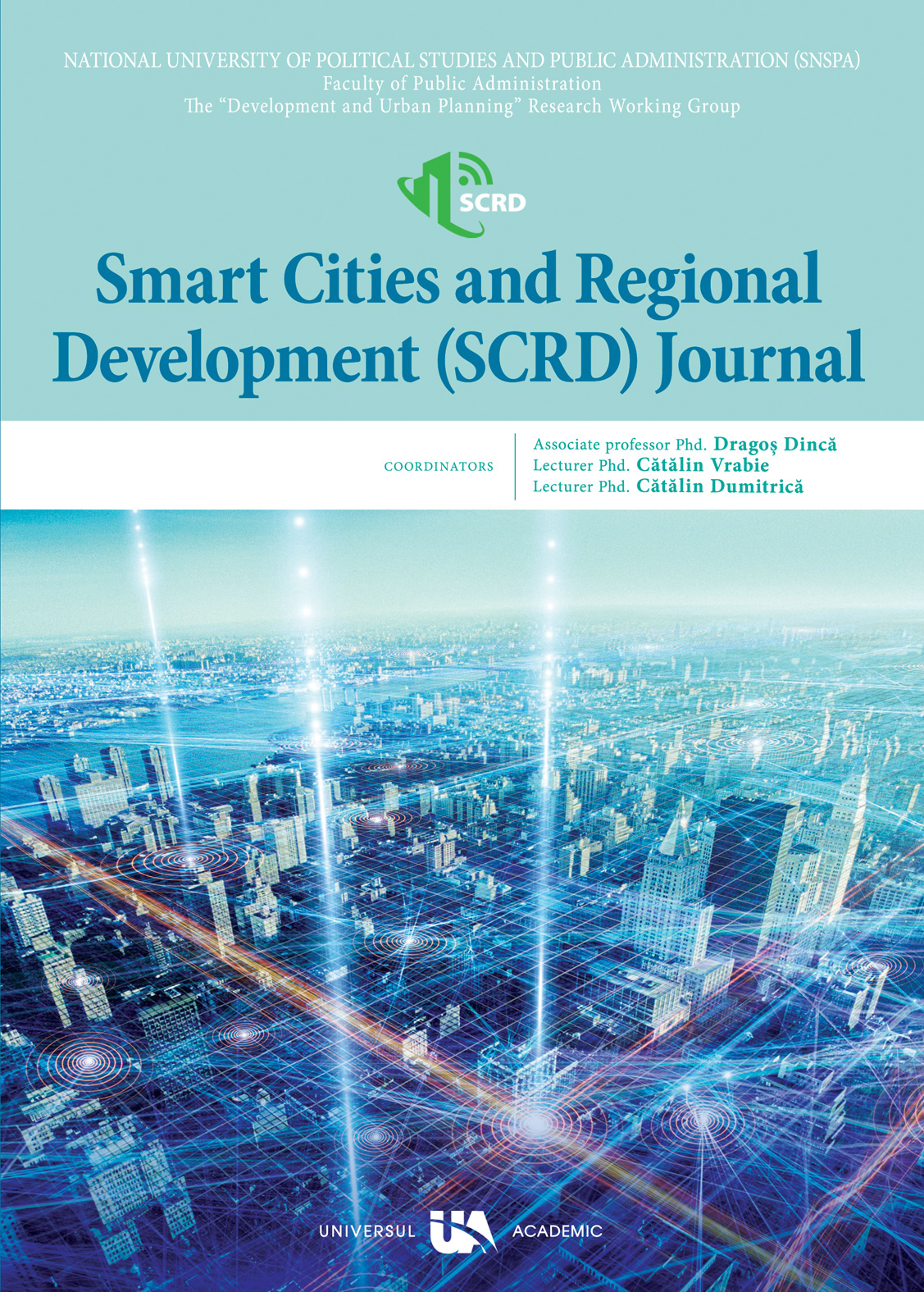
The objective of this study is to describe two Pennsylvania cities' unique approaches to smart and connected technology design and implementation around mobility, public safety, and sustainability. Harrisburg and Pittsburgh are emerging leaders implementing their unique smart and connected approach. These two cities are undergoing a physical, technological, and demographic transformation, which impacts social and economic issues. As a result, many distinct aspects and elements of these cities play an increasingly important role in defining the quality of life of the diverse citizenry.Cities depend on newer and emerging technologies, such as smart streetlights, autonomous vehicles, electric vehicles, shared mobility, and the Internet of Things(IoT) connected devices to improve health, safety, general welfare, and quality of life for citizens. Moreover, in smart cities, citizens' activities are not limited to their homes. Thus, smart spaces need to connect the smart city to the smart home seamlessly into a smart home concept [1]. The smart and connected cities concept is defined and visualized differently by each city depending on the context, needs and funding. As a result, each city initiates intelligent technology strategies, tools, and partnerships in its approach to developing and implementing the parameters that frame a just, equitable, and inclusive smart city. This multi-case study describes each city’s smart city and connected goals, successes and challenges to answer the research question: How has Pittsburgh and Harrisburg defined and implemented the concept of Smart City to better manage its emergent needs as a result of changing demographics?
More...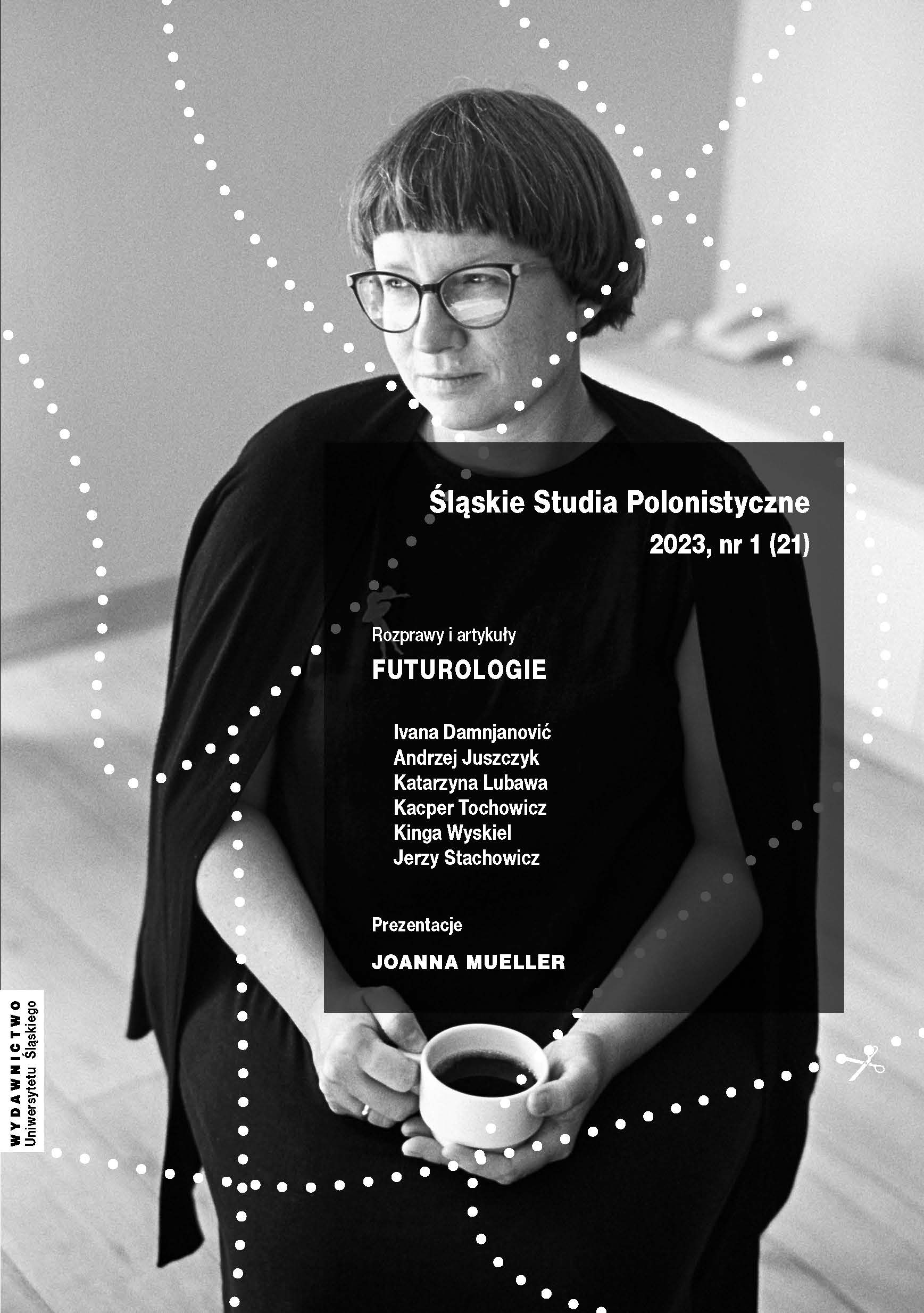
Kinga Wyskiel’s article concerns the issue of gender in science fiction stories by Julia Nidecka. The following stories have been analysed and interpreted: “Wilki na wyspie” [Wolves on the Island], “Taśmy prawdy” [Tapes of Truth], “Kwiaty w bukiecie” [Flowers in a Bouquet] and “Goniący za słońcem” [Chasing the Sun]. Wyskiel considers two dominant strategies for the representation of femininity in these stories and focuses on Nidecka’s images of the woman scientist and the mutant woman present in them. Wyskiel also points out that gender is an a priori category in Nidecka’s future worlds and that, consequently, the construction of those worlds has been based on the gender matrix.
More...
In this article, Jerzy Stachowicz examines selected literary works the represent the science fiction genre of the interwar period. He focuses on pacifist visions of the future in those works and argues that these scientistic, military, and superpower fantasies have an anti-war potential, and that fantasy literature itself can, to some extent, be regarded as a „pacifist practice”.
More...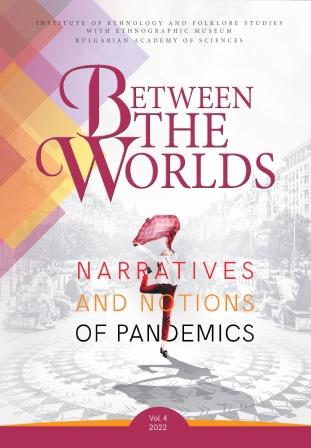
In the focus of the article are the stories of three Bulgarian women who moved back to Bulgaria in the period 2020-2021, influenced by the pandemic of COVID-19. The ethnographic study was done in October-November 2021, exploring return migration and self-identification processes among Bulgarian returnees within which, in these three particular cases, COVID-19 is given as the key trigger for the return or the permanence of the return. The stories are interesting because they elaborate on the correlation between the emigration motives, migration stories, return motives, and the self-actualisation of the women upon return, synthesising one core motive for their return – caregiving. The complexity of return decisions is typologised around the three objects to which the caregiving is addressed – the personal, extended, and larger family, seen as a community/country. The article concludes that return could be explained as a mix of the women’s responsibility to closer or larger circles and structures and triggered and initiated by the COVID-19 pandemic through their strong female will and agency.
More...